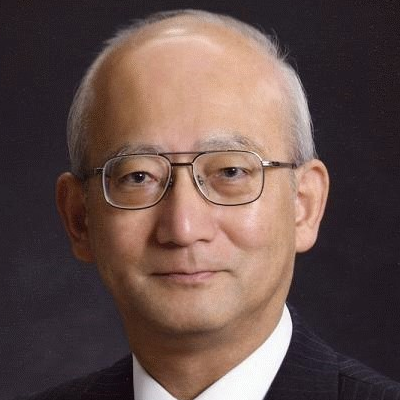Advances in Silicon Chemistry
A special issue of Molecules (ISSN 1420-3049). This special issue belongs to the section "Organic Chemistry".
Deadline for manuscript submissions: closed (15 July 2016) | Viewed by 70940
Special Issue Editor
Interests: silicon chemistry; organometallic chemistry; physical organic chemistry; theoretical organometallic chemistry
Special Issues, Collections and Topics in MDPI journals
Special Issue Information
Dear Colleagues,
Today, in addition to tetravalent and hypercoordinate silicon compounds, various silicon unsaturated compounds, such as silylenes, silaethenes, disilenes, disilynes, and silicon-heteroatom doubly bonded compounds, are in our hands as isolable compounds thanks to the recent efforts of many researchers. They have revealed rather unusual features of bonding and structure of these silicon compounds, asking for restructuring of a widely applicable theory of bonding and structure of heavy main group elements including silicon. As single element chemistry, silicon chemistry is going to compare favorably with relatively well-established organic chemistry. To overview which directions studies in this research field are heading, this Special Issue is aimed to provide a forum for every aspect of molecular silicon compounds, including synthesis, properties, and new reactions of various molecular silicon compounds, their theoretical, spectroscopic, optoelectronic, and mechanistic studies, and their application towards the material science.
Prof. Dr. Mitsuo Kira
Guest Editor
Manuscript Submission Information
Manuscripts should be submitted online at www.mdpi.com by registering and logging in to this website. Once you are registered, click here to go to the submission form. Manuscripts can be submitted until the deadline. All submissions that pass pre-check are peer-reviewed. Accepted papers will be published continuously in the journal (as soon as accepted) and will be listed together on the special issue website. Research articles, review articles as well as short communications are invited. For planned papers, a title and short abstract (about 100 words) can be sent to the Editorial Office for announcement on this website.
Submitted manuscripts should not have been published previously, nor be under consideration for publication elsewhere (except conference proceedings papers). All manuscripts are thoroughly refereed through a single-blind peer-review process. A guide for authors and other relevant information for submission of manuscripts is available on the Instructions for Authors page. Molecules is an international peer-reviewed open access semimonthly journal published by MDPI.
Please visit the Instructions for Authors page before submitting a manuscript. The Article Processing Charge (APC) for publication in this open access journal is 2700 CHF (Swiss Francs). Submitted papers should be well formatted and use good English. Authors may use MDPI's English editing service prior to publication or during author revisions.
Keywords
- low-coordinate and multiply-bonded silicon compounds
- silicon compounds with unusual structures
- hypercoordinate silicon compounds
- silicon transition-metal complexes
- bonding and structure
- reactions and mechanisms
- silicon-based materials
Related Special Issues
- Organosilicon Chemistry in Molecules (4 articles)
- Progress in Silicon and Organosilicon Chemistry in Molecules (4 articles)
- Advances in Silicon Chemistry 2018 in Molecules (4 articles)






